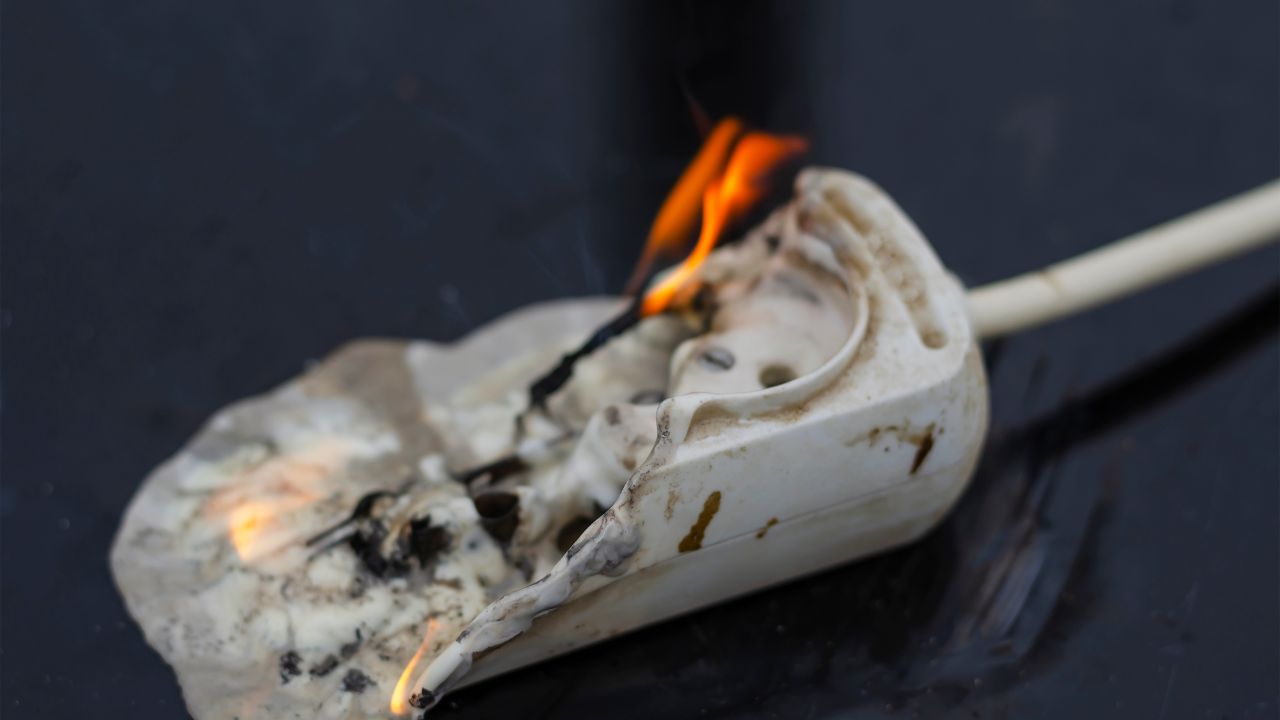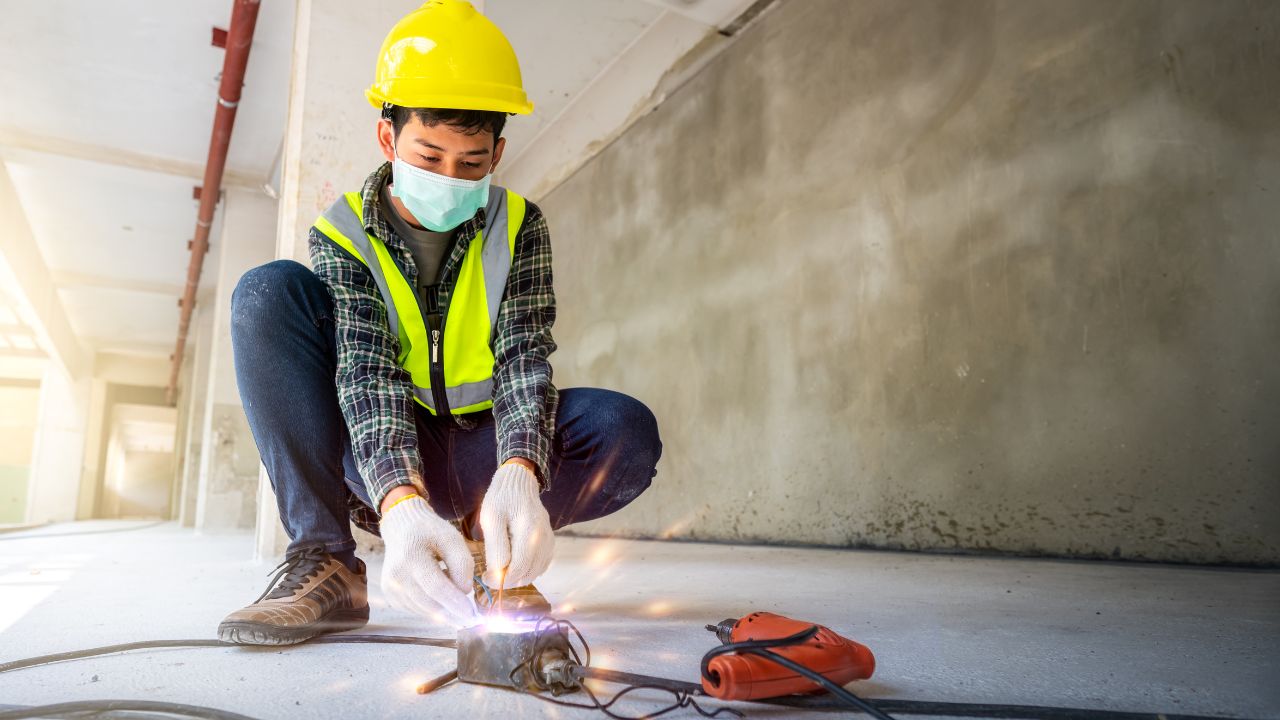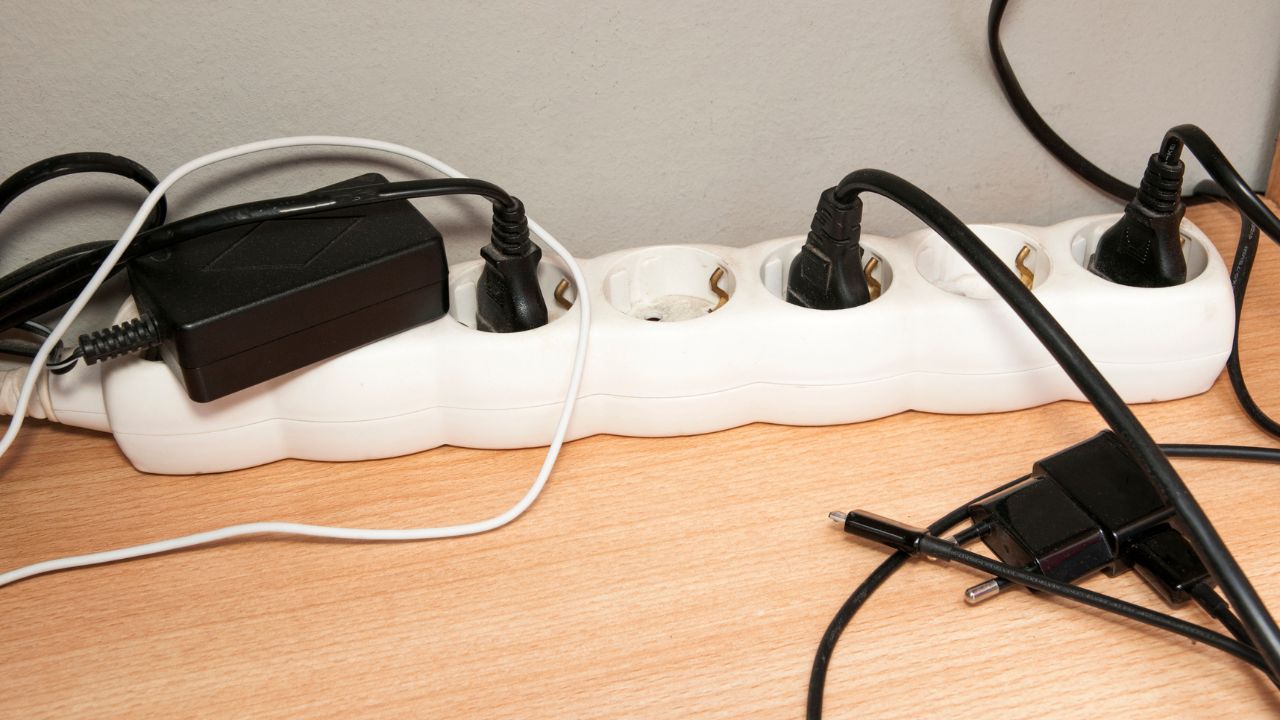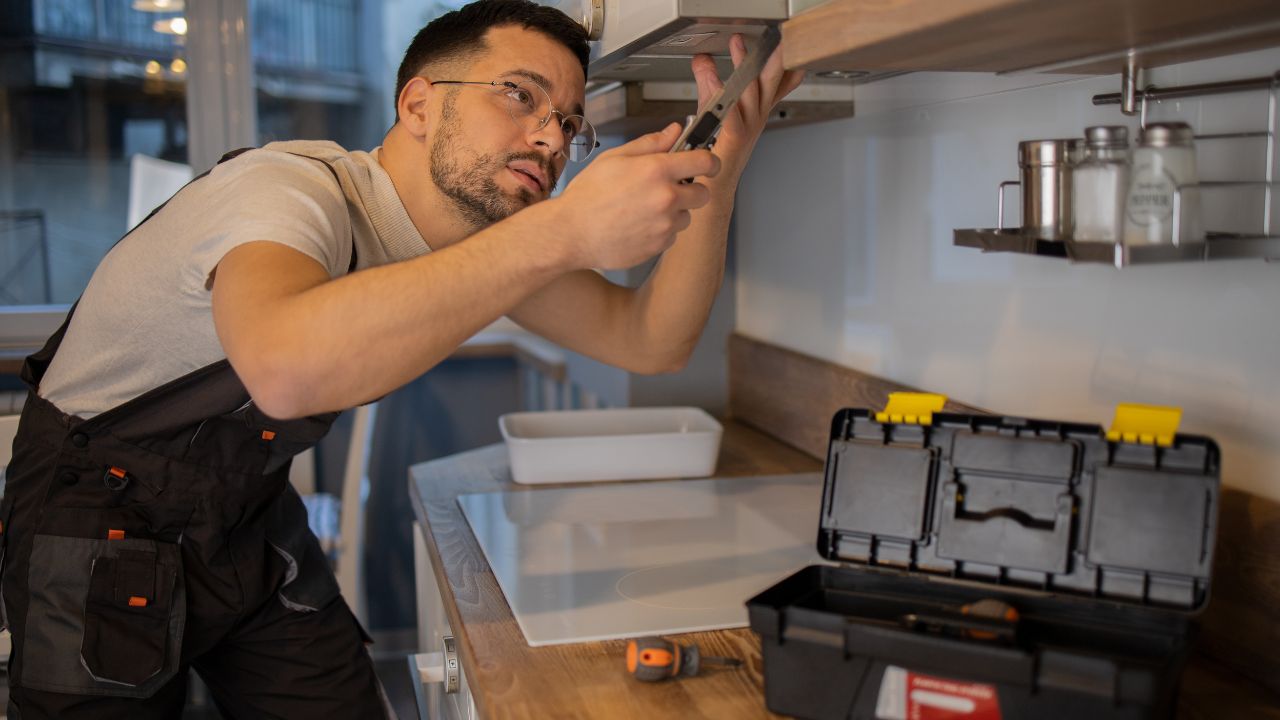Last Updated on September 4, 2023 by Pro Handyman Australia – Editorial Team
The Importance of Recognizing Electrical Problems
It’s a common occurrence to encounter electrical issues in your home from time to time. However, recognizing the underlying causes of these problems is crucial. By doing so, you can swiftly engage the services of a qualified electrician to rectify the issues, ensuring the safety of your living environment.
Taking Proactive Steps for Safety

Rather than waiting for an issue to escalate, understanding its root cause allows you to take immediate and informed actions. Doing so ensures that your household will maintain its livable environment and prevent unwanted repairs after some time.
By becoming aware of the causes behind your home’s electrical problems, you empower yourself to make educated decisions, including seeking the help of a trained professional. This proactive approach is invaluable in maintaining a safe and functioning home.
Identifying and Addressing Home Electrical Issues: When to Seek Professional Help
The Dilemma of Electrical Surges and Dips
Electrical surges are brief spikes in voltage running through your power lines, leading to an increased flow of current in your outlets. Such surges can adversely affect the lifespan of your electronic devices. Conversely, dips in electrical voltage, often referred to as brownouts, can cause your lights to dim or flicker. These are usually a result of poorly constructed or malfunctioning devices consuming excessive power.
Unfortunately, surges and dips often occur due to uncontrollable factors such as lightning strikes, damaged power lines, or errors on the part of your power company. To safeguard your appliances, consider investing in a reliable surge protector. Call a professional electrician as soon as possible if the problem remains unresolved.
The Concern of Flickering Lights

Flickering lights are not just the result of brownouts; they may indicate a serious issue with the electrical connection in your home. A compromised connection could escalate into sparking, overheating, and even fire hazards. If you notice regular flickering, switch off the problematic bulbs and arrange for an electrician to examine the electrical connections. The issue might be due to loose or corroded wires causing electrical arcing.
The Issue of Frequent Light Bulb Blowouts
If you find yourself replacing light bulbs far too often, there might be a deeper issue at hand. Frequent blowouts are often symptomatic of a poor electrical connection that leads to overheating. If you experience this issue regularly, it may be time to consult an electrician.
Overloaded Outlets and the Risk of Fire

Warm outlets or switches are usually a sign of an overloaded circuit, indicating that the wiring cannot handle the electrical demand from the plugged-in devices. This could elevate the risk of fire. In such situations, unplug the devices and distribute them across other outlets. Opt for smart extension cords to better manage the electrical load.
The Challenge of Tripping Circuit Breakers
Tripping circuit breakers are most often the result of overloaded circuits. As households continue to add electronic devices and sophisticated entertainment systems, the existing power points may become inadequate. Remove devices from their sockets if you’re not using them, and distribute them evenly across circuits to prevent overload. However, if the circuit breaker continues to trip despite moderate electricity usage, it might indicate a more serious issue that requires a professional evaluation.
Safeguarding Extension Cords from Pets
If you have pets prone to chewing, your extension cords may be at risk. Ensure that these cords are either covered with protective material or placed out of reach from your pets. This not only safeguards the cords but also protects your pets from potential electrical hazards.
By taking a proactive approach and recognizing the signs of electrical issues, you can mitigate risks and maintain a safer living environment. If you encounter persistent or severe problems, don’t hesitate to seek professional help.
Addressing the Issue of Non-Functional Outlets
If you find that one or multiple electrical outlets in your home are not functioning, this could be an indication of a serious underlying issue such as damaged or loose wiring. Such problems pose a fire hazard and warrant immediate attention from a qualified electrician.
Discrepancies in Lighting Intensity
If you’ve observed that some lights in your home are unusually dim or bright compared to others, it could signal an issue with the main neutral connection. This inconsistency in lighting levels is not just an aesthetic concern but could indicate a more serious electrical problem that requires a professional assessment.
The Urgency of Electrical Shocks

Electrical shocks upon touching an appliance or switch are a glaring red flag that shouldn’t be ignored. This could signify a serious issue with your home’s wiring. It’s crucial to refrain from attempting to diagnose this issue yourself. Instead, alert all members of your household and consider placing a warning sign near the affected area, advising them not to touch the device or switch. Then, seek the immediate assistance of an electrician.
Understanding Unexplained High Electricity Bills

A sudden or inexplicable increase in your electricity bill can be disconcerting and may indicate underlying issues such as damaged wires or faulty circuits. While it’s good practice to unplug unused devices and chargers to save on electricity, a persistent high bill despite these efforts calls for an electrical check-up. If you find yourself puzzled by the high consumption, consult an electrician to evaluate your home’s electrical system for potential problems.
By being vigilant about these signs and symptoms, you can proactively address electrical issues before they escalate into larger problems or hazards. Always remember that when in doubt, it’s better to consult with a professional to ensure the safety and integrity of your home’s electrical infrastructure.
The Importance of Ground-Fault Circuit Interrupters (GFCI)
A Ground-Fault Circuit Interrupter (GFCI) is a critical safety device designed to disconnect an electrical circuit whenever it detects an imbalance between incoming and outgoing currents. The absence of GFCI installations in your home increases the risks of electrical wire overheating, electric shocks, burns, and even electrical fires. If your home lacks this essential feature, it’s advisable to consult a certified electrician to install it promptly.
The Risks Associated with Ungrounded Connections
Electrical grounding serves as a crucial failsafe mechanism that provides an alternate pathway for excessive electrical current to flow in the event of a short circuit. Ungrounded connections do not have this added layer of safety, making them potentially dangerous. Always make sure that the electrical system in your home is appropriately grounded to minimize risks.
The Danger of Exposed Junction Boxes
Junction boxes are designed to contain and segregate various sets of electrical wires, offering both organizational benefits and protection against wire damage. An uncovered junction box leaves these wires exposed, substantially increasing the risk of electrocution. Always ensure that all junction boxes in your home are securely covered.
The Peril of Over-Circuiting Your Electrical Panel
An electrical panel has a finite number of slots to accommodate circuit breakers. While tandem breakers may seem like a space-saving solution because they look like two switches but require only one slot, using them inappropriately can overload your panel. Over-circuiting your electrical panel is a fire hazard and could have dangerous consequences. It’s advisable to adhere to the designed capacity of your electrical panel and consult an electrician for any expansions or modifications.
The Hazard of Backstabbed Wires
Backstabbed wires are characterized by holes and cuts that expose live wires. Such damaged wiring significantly heightens the risk of electrocution upon direct contact. If you suspect or come across any backstabbed wires, it is imperative to get them repaired or replaced immediately by a qualified electrician.
The Risk Factor of Aluminum Wiring
Aluminum wiring is more prone to oxidation when it conducts electricity. This characteristic can become hazardous when the metal comes into contact with combustible materials like wood or plastic, potentially leading to a fire. A home with aluminum wiring might require the evaluation of an electrician to check its safety, and suggest any necessary modifications.
The Risks of Exposed Wires in Electrical Outlets
Exposed wires protruding from electrical outlets are a clear hazard that often goes unnoticed. This issue is common in older structures where the aging process impacts not just the building itself but also its electrical systems. While using tape to secure these wires might seem like a quick fix, it is only a temporary solution. Over time, the adhesive quality of the tape will deteriorate, leaving the wires exposed once again and increasing the risk of a fire, particularly if the outlet materials are combustible.
The Hazard of Over-Lamping and How to Avoid It
Over-lamping occurs when a light bulb with a wattage higher than what the fixture is designed to handle is installed. This mismatch can result in excessive heat generated by the socket, leading to potential burnout and fire risks. To avoid the accompanying dangers and additional expenses, always ensure that the wattage of the bulb corresponds with the fixture’s recommended wattage.
The Hazards of Disorganized Electrical Wiring

Untidy or entangled wiring isn’t just an eyesore; it poses significant safety risks as well. Such cluttered wiring configurations can result in a range of problems, from tripping hazards to fire risks and even electrical blackouts. It’s crucial to exercise caution whenever electrical work is underway in your home. Make it a point to inspect each area for loose or hanging wires and other potential safety concerns, to reduce the risk of accidents and system failures.
Monitoring Ceiling Fixtures for Overheating
Regularly touch the areas surrounding your ceiling fixtures to check for unusual warmth. Overheating may signify inadequate insulation or the use of bulbs with wattages higher than the recommended levels, posing a fire hazard. Switching to energy-efficient alternatives such as compact fluorescent lights (CFLs) or light-emitting diodes (LEDs) is a good practice, as these bulbs generate less heat than their incandescent counterparts.
The Connection Between Rodent Activity and Electrical Safety
Rodents have an unfortunate tendency to gnaw on electrical wiring, making frayed or damaged wires a potential fire hazard. Should you notice rodent droppings or other signs of rodent activity near electrical fixtures, in your attic, or in your basement, inspect all wiring in the vicinity for potential damage. If rodent infestation is suspected, consult a pest control specialist to assess and manage the issue.
Navigating the Challenges of Insufficient Electrical Power
Older homes often come with the charm of history, but they might not be able to heep up with today’s power-hungry appliances and gadgets. These properties were designed based on the technological landscape of their time, which did not account for the surge in electrical devices we rely upon today. The best way to deal with this dilemma is a complete overhaul of the existing electrical system, replacing it with a modern one capable of meeting contemporary power needs.
The Risks of Inherited DIY Electrical Projects
Many homeowners fancy themselves as amateur electricians, opting for do-it-yourself solutions to various household issues. While this can-do spirit is commendable, DIY electrical work can often do more harm than good. Especially in older homes, haphazard DIY solutions can contribute to an already faulty electrical network. If you’ve recently moved into an older property and discover a slew of DIY electrical projects, it would be wise to consult a professional electrician immediately to assess and correct any potential hazards.
The Dangers of Overreliance on Extension Cords and Power Strips
In homes built several decades ago, it’s common to find a limited number of electrical outlets, compelling residents to use extension cords and power strips. While these can be convenient, they come with their own set of risks. Overloading power strips can cause electrical issues, and extension cords are susceptible to wear and tear that can compromise their safety. If you find yourself relying heavily on such devices, it’s a strong indicator that your home’s electrical system needs an upgrade.
Understanding the Hazards of Knob and Tube Wiring
If you live in a home that predates World War II, there’s a good chance that the electrical infrastructure consists of knob and tube wiring. Not only is this form of wiring outdated, but it also presents safety risks, including the potential for electrical fires. The insulation around the tubes could degrade over time, exposing wires and making a fire all but inevitable. To protect your home and loved ones, consider replacing this antiquated wiring system with a more efficient and safer modern alternative.
Identifying Unusual Odors Linked to Electrical Issues

Though it’s common for new appliances to emit unfamiliar odors when initially installed, a lingering, strange smell emanating from an electrical outlet is a red flag. In such cases, immediately unplug all devices connected to the concerning outlet and refrain from using it until a qualified electrician has performed a thorough evaluation. Similarly, if your breaker panel or fuse box starts to emit an unusual smell, it’s imperative to consult an electrician without delay.
The Threat of Arc Faults and Their Prevention
Arc faults are deviations in an electrical circuit’s normal path, often caused by compromised wiring. These are leading culprits in electrical fires but can be effectively mitigated through the installation of arc-fault circuit interrupters (AFCIs). While AFCIs may come at a premium, the investment is particularly worthwhile in older homes where electrical wiring might have deteriorated over time.
Audible Warning Signs: Buzzing Sounds from Electrical Outlets and Switches
Your electrical outlets and switches should function silently. Hearing any buzzing, cracking, or sizzling noises when you plug into an outlet or toggle a switch is a cause for immediate concern. Turn off the power to the affected fixture promptly and enlist the services of a certified electrician to diagnose and rectify the issue.
Prioritize Safety Through Expert Assistance
The realm of electrical repairs is best left to trained professionals who have the right information and skills to deal with any complexities. By seeking professional help, you’re investing not only in the quality of the service but also in the overall safety and well-being of your home, workplace, or business establishment.
In conclusion, while some household issues can be effectively handled through DIY solutions, electrical problems are not among them. To ensure your home or workplace’s safety and well-being, it’s crucial to rely on qualified professionals to diagnose and repair any electrical issues you may be experiencing.
